
Now 50% Off for a Limited Time
50% Off – Sale Ends Tomorrow
50% Off – Sale Ends Tonight
Mastering the subtleties of identifying and treating dissociation can make your trauma work faster and more effective

 In the moment, it can be tricky to identify when a client is dissociating – especially when the signs are subtle.
In the moment, it can be tricky to identify when a client is dissociating – especially when the signs are subtle.
And beyond that, there’s also the complex issue of knowing how to ground a dissociating client in the present and finding ways to keep treatment on track.
Because here’s the thing – some clients may not fully recognize that they dissociate (or what triggers it). Other clients might experience dissociation as protective because it separates them from their pain.
And when it’s happening, it can be challenging to help clients make progress . . .
. . . especially when self-loathing or self-sabotaging dissociative parts stall treatment.
But with tools to help clients stay present and engaged during sessions, we can help them better process their trauma.
That’s why we brought together a select few of the world’s foremost experts to share their best strategies for identifying and treating dissociation and dissociative disorders.
— New Short Course —
How to Identify and Treat Dissociation (Even When It’s Subtle)

How to Work with Structural Dissociation
Ruth Lanius, MD, PhD Pat Ogden, PhD
Kathy Steele, MN, CS Janina Fisher, PhD
- An Expert Breakdown of the Structural Dissociation Model
- Two Difficult Challenges of Working with Structural Dissociation (and How to Overcome Them)
- Three Explicit Signs That a Client Is Structurally Dissociated
- How Practitioners Can Use Their Own Internal Cues to Track a Client’s Dissociation
- Infographic Handouts That Can Help Clients Better Understand Their Dissociated Parts

Expert Strategies for Working with Dissociative Identity Disorder (DID)
Bessel van der Kolk, MD Ruth Lanius, MD, PhD Bethany Brand, PhD
- Key Signs That Can Help You Distinguish DID from Dissociation
- A Step-by-Step Approach (Including Specific Questions) to Help You Screen for DID
- Common Challenges Practitioners Face When Working with DID (and How to Overcome Them)
- A 3-Step Process That Is Key For Effective Treatment of DID

How to Help Clients Integrate Their Dissociated Parts
Bessel van der Kolk, MD Thema Bryant, PhD
Pat Ogden, PhD Kathy Steele, MN, CS
- The “Four C’s” of Integrating a Client’s Parts
- An Expert Experiential Approach to Working with Dissociation
- A Cognitive Approach That Can Help Foster Communication Between a Client’s Dissociated Parts

Key Signs That a Client Dissociates (and What to Do If It Happens in Session)
Ruth Lanius, MD, PhD Janina Fisher, PhD
- Four Specific Cues That Can Indicate a Client Dissociates
- Specific Questions That Can Help Track a Client’s Dissociation
- Five Expert Interventions To Help Ground Dissociated Clients In the Present
- How to Decrease the Shame Clients May Feel About Their Dissociative Response

Common Mistakes That Can Stall Treatment
Bethany Brand, PhD Pat Ogden, PhD Janina Fisher, PhD
- How to Determine the Best Pace for Your Client When Working with Dissociation
- A Common Reason Why Interventions Fail and Clients Become Stuck in Treatment
- Why Compassionate Approaches Can Sometimes Trigger Dissociation (and What to Try Instead)

When a Patient Dissociates in a Medical Environment: Key Considerations for Medical Professionals
Peter Levine, PhD Kathy Steele, MN, CS Bethany Brand, PhD
- Common Reasons That Patients Dissociate In Medical Environments
- Simple, Practical Steps Medical Professionals Can Follow When a Patient Dissociates
- Specific Questions That Can Help Clue Medical Professionals Into a Patient’s Trauma History
Register Here for $197 $97
You’ll get all the videos, audios, transcripts, learning tools, plus 3 bonuses
to help you work more effectively with clients who dissociate.
Up to 3.5 CE/CME Credits or Clock Hours are available for purchase at checkout.
Click HERE to get information about CE/CME credits and clock hours as well as speaker disclosures
For This Short Course, We Brought Together Some of the Top Experts in the Field

Bessel van der Kolk, MD
Neuroscientist and Professor of Psychiatry at Boston University Medical School. Author of The Body Keeps the Score: Brain, Mind, and Body in the Healing of Trauma.

Peter Levine, PhD
Founder of Somatic Experiencing; Author of Trauma and Memory: Brain and Body in a Search for the Living Past: A Practical Guide for Understanding and Working with Traumatic Memory.

Pat Ogden, PhD
Pioneer in Somatic Psychology; Founder and Director of Sensorimotor Psychotherapy Institute (SPI); Co-founder of the Hakomi Institute; Author of Sensorimotor Psychotherapy: Interventions for Trauma and Attachment.

Stephen Porges, PhD
Developer of Polyvagal Theory; Distinguished University Scientist at the Kinsey Institute at Indiana University Bloomington and Research Professor in the Department of Psychiatry at University of North Carolina Chapel Hill.

Ruth Lanius, MD, PhD
Professor of Psychiatry and Director of the Post-traumatic Stress Disorder (PTSD) research unit at the University of Western Ontario. Coauthor of The Impact of Early Life Trauma on Health and Disease: The Hidden Epidemic, and Healing the Traumatized Self: Consciousness, Neuroscience, Treatment.

Thema Bryant, PhD
Licensed psychologist specializing in relief and empowerment of marginalized persons; Professor of Psychology in the Graduate School of Education at Pepperdine University; author of Thriving in the Wake of Trauma: A Multicultural Guide.

Janina Fisher, PhD
Licensed clinical psychologist and Instructor at the Trauma Center, an outpatient clinic and research center founded by Bessel van der Kolk, MD; past president of the New England Society for the Treatment of Trauma and Dissociation.

Bethany Brand, PhD
Clinical psychologist and professor of psychology at Towson University; expert in the assessment and treatment of post-traumatic stress disorder, dissociative disorders and feigned dissociative disorders.
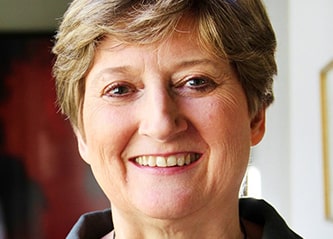
Kathy Steele, MN, CS
Psychotherapist, consultant and trainer; expert on complex trauma, dissociation, attachment and therapeutic impasse; past president of the International Society for Traumatic Stress Studies; co-author of Treating Trauma-Related Dissociation: A Practical, Integrative Approach.

Course Director
Ruth Buczynski, PhD
Here's What You'll Get:
Everything is yours to keep forever in your professional library
|
|
Downloadable videos so you can watch at your convenience, on any device |
|
|
Audio recordings you can download and listen to at home, in the car, at the gym or wherever you like |
|
|
TalkBack Segments to distill key ideas (this is where we “land” the session) |
|
|
Next Week in Your Practice sessions to give you concrete strategies to use with patients |
|
|
Professionally-formatted transcripts of the sessions, to make review and action simple |
|
|
Six downloadable bonus videos to help you work more effectively with clients who dissociate |
Get 6 Bonuses That Give You Even More Strategies for Working with Dissociation

Bonus 1: Strategies to Boost Hope and Improve Coping in Families When a Parent Dissociates
Janina Fisher, PhD Ruth Lanius, MD, PhD
- How to Address the Shame and Self-Blame a Parent May Feel When They Dissociate
- A 2-Step Approach for Working with Dissociation Triggered by Physical Proximity
- Specific Language That Can Help Children Make Sense of Their Parent’s Dissociation

Bonus 2: How to Work with Couples When One (or Both) Partners Dissociate
Janina Fisher, PhD Ruth Lanius, MD, PhD
- How the Structural Dissociation Model Can Help Ease Conflict in Relationships
- One Technique to Help Clients Who Instinctively Avoid Conflict
- How to Help Couples When Dissociation Threatens Their Ability to Be Intimate

Bonus 3: Working with Dissociation Through a Polyvagal Lens
Stephen Porges, PhD
- Strategies to Build Trust and Create Safety for Nervous Systems Shaped by Dissociation
- How Chronic Abuse Can Lead to Frequent Dissociative Episodes
- Why Patients Who Habitually Dissociate Often Engage in Unhealthy Relationships

Bonus 4: Working with a Client with Mild Dissociation – A Case Study
Bethany Brand, PhD
- One Common (Yet Subtle) Sign That a Client Dissociates
- Why Hypnosis Can Be Helpful for Clients Who Dissociate (and When It Might Be Contraindicated)
- How to Track Whether Your Client’s Mild Dissociation Is Improving

Bonus 5: Working with Grounding, Safety, and Self-States in Clients with DID – A Case Study
Bethany Brand, PhD
- Strategies to Help Clients Develop Awareness of Their Dissociated Parts
- Specific Language to Help You Address a Client’s Self-Destructive or Self-Harming Parts
- Four Common Triggers That Can Fuel a Client’s Self-Harming Actions (and a Safe Replacement Action to Use When The Urge to Self-Harm Arises)
- Important Cautions of What NOT To Do When Working with DID
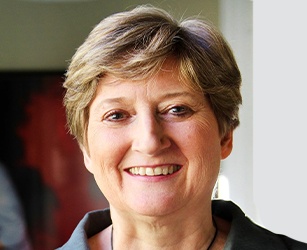
Bonus 6: DID and Avoidant Parts – A Case Study
Kathy Steele, MN, CS
- One Critical Step to Take BEFORE Revisiting a Client’s Traumatic Memories (and How to Do It)
- Subtle Signs That Can Indicate a Client’s Parts are Reenacting the Trauma
- Strategies to Help You Address a Client’s Avoidant Parts
- Specific Language to Help Dissociated Clients Distinguish Reality from Internal Thoughts or Feelings
Register Here for $197 $97
You’ll get all the videos, audios, transcripts, learning tools, plus 3 bonuses
to help you work more effectively with clients who dissociate.
Up to 3.5 CE/CME Credits or Clock Hours are available for purchase at checkout.
Click HERE to get information about CE/CME credits and clock hours as well as speaker disclosures
Plus, You’ll Get Practical Tools to Help You Take Action Immediately and Effectively
Synthesize Key Concepts So You Can Use Them Immediately
In the Critical Insights sessions, Ron Siegel, PsyD and Ruth Lanius, MD, PhD join Ruth Buczynski, PhD to dig more deeply into the key ideas. Our job is to make yours easier by streamlining the information from each module and making sure each point is crystal clear. We’ll clarify critical concepts and break it all down so you can gain confidence in your understanding.

Discover Concrete Practices That Will Work in Your Life, and with Your Patients
In the Focus on Application sessions, Usha Tummala-Narra, PhD, Kelly Wilson, PhD and Megan Schmidt, PsyD give you specific practices and exercises you can use with your clients right away. For each module, you’ll get solid techniques and practical interventions that will help you apply what you’ve just heard.

Uncover Core Ideas and Techniques at-a-Glance So You Have a “Cheat Sheet” When You Need It Most
The QuickStart Guide will help you stay fresh and confident as you turn these teachings into action. We’ve gathered all the essential tools and methods from the program into a concise, easy-to-use guide so you can quickly review and apply these ideas when you need them most. It’s an at-a-glance reference to the most powerful concepts and strategies for working with patients who have experienced trauma.
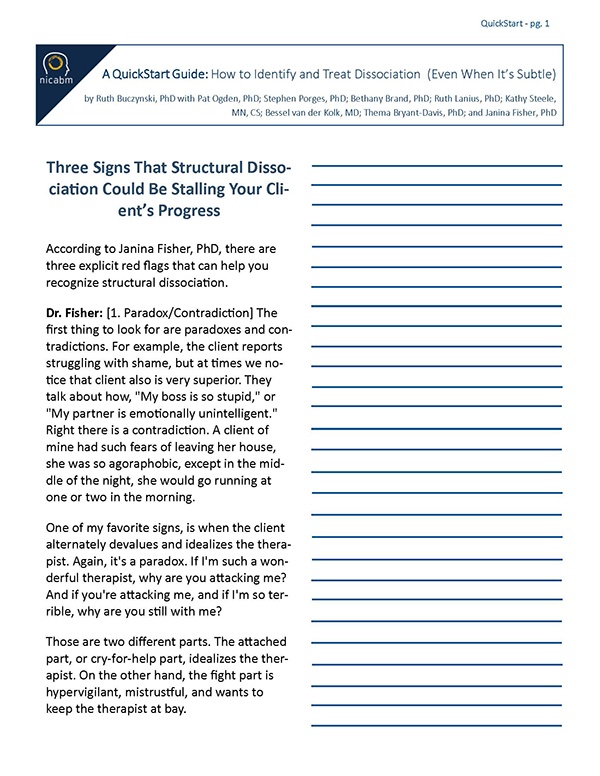
Quickly Recall Crucial Details So You Can Apply Them with Confidence
Our Professional Transcript will help you reinforce key ideas so you can integrate them into your life and work. We’ve designed your transcript with an easy-to-use table of contents, clear, organized formatting, and helpful highlight quotes so you’ll have the information and exercises you need at your fingertips.
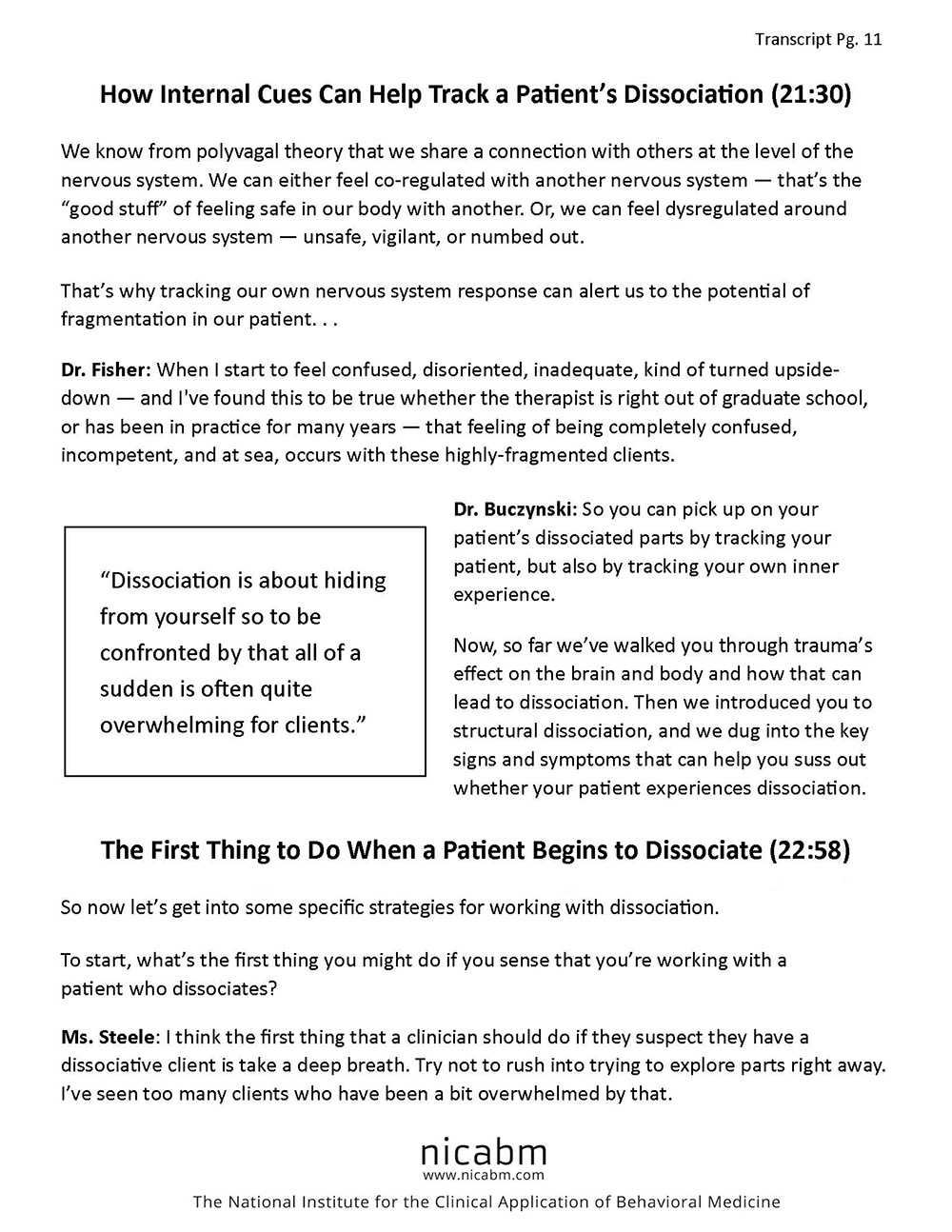
Here's What Your Peers Have Experienced In NICABM Programs

. . . the content is clear, simple and the very latest insights from the most outstanding people in the field of trauma.
“These presentations are fascinating and easy to watch as the technical presentation is very good, and the content is clear, simple and the very latest insights from the most outstanding people in the field of trauma. You would need to read a lot of books to end up with as much good quality information as you get from watching this program.”
Liz Kirsopp, Psychotherapist
Northumberland, UK
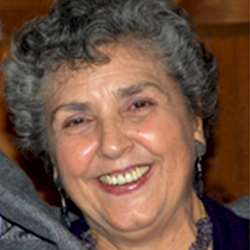
This program exceeded all my expectations . . .
“I am always open to learning, and this program exceeded all my expectations. Even though I am very familiar with many of the presenters, to see them in action is inspirational. As a seasoned Art Therapist and supervisor, I am always looking for innovative ways of looking at the clients and treating their issues. I already used the knowledge I gained with clients, and especially in supervision. Having purchased the Gold Package, it is like always having a personal supervisor at my beck and call.”
Hannah Sherebrin, Art Therapist
London, Ontario, Canada

I am more confident in handling my challenging client . . .
“After this program I feel that I am more confident in handling my challenging clients. I have gained some new tools to add to my toolbox. I cannot recommend this program enough.”
Katie Stark, MA, LPC, NCC
Waterford, Michigan, USA

. . . evidenced based course to get a "helicopter" overview on trauma treatment . . .
“These NICABM 5 modules on trauma management is an excellent value for money evidenced based course to get a “helicopter” overview on trauma treatment from the professional experts.”
Su Keng Gan, Clinical Counsellor/Psychotherapist
Singapore, Singapore
Why the Transcript Is Essential:
- The transcript makes it easy to go back and double check concepts, citations and names that are mentioned
- We put in a table of contents to make it easy for you to find the exact part of the webinar you need
- Having the concepts already written allows you to take notes on how you’re going to use the ideas rather than transcribing the ideas
- Some people simply learn better by reading than by listening or watching
- You will be able to print out and share techniques presented in the session with your patients

“I really liked being able to follow along with the transcripts as I listened…it was nice not to feel like I had to take notes. I really feel like I remember more when I both hear and see at the same time.”
Mary Ellen McNaughton, Masters in Counseling, Psychology Counselor
Kelowna, British Colombia, Canada
You Are Protected By
NICABM’s Money-Back Guarantee
We invite you to register for this comprehensive training program without any risk. Unless you are completely satisfied, we will refund your money. Just let us know within 30 days from the date of registration. We are that confident that you will find this information to be more than you expected.
Register Here for $197 $97
You’ll get all the videos, audios, transcripts, learning tools, plus 3 bonuses
to help you work more effectively with clients who dissociate.
Up to 3.5 CE/CME Credits or Clock Hours are available for purchase at checkout.
Click HERE to get information about CE/CME credits and clock hours as well as speaker disclosures
